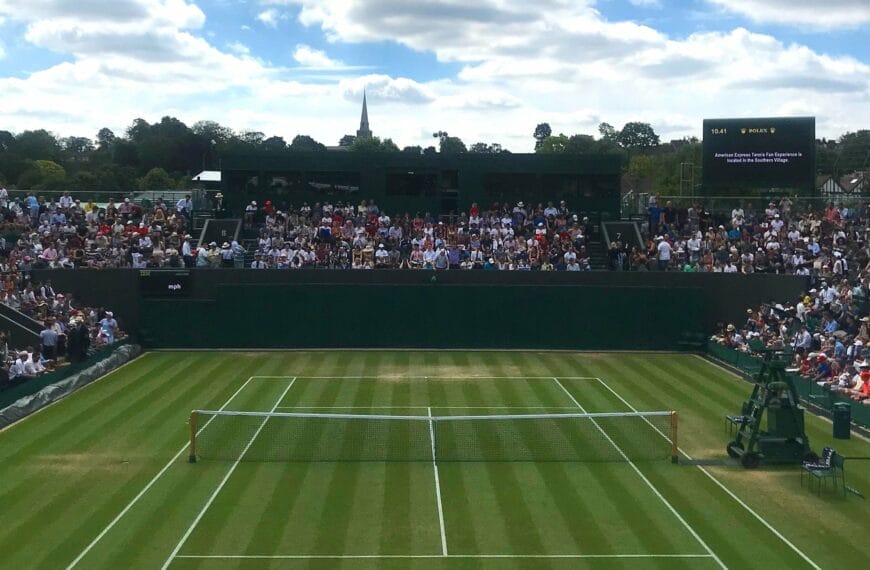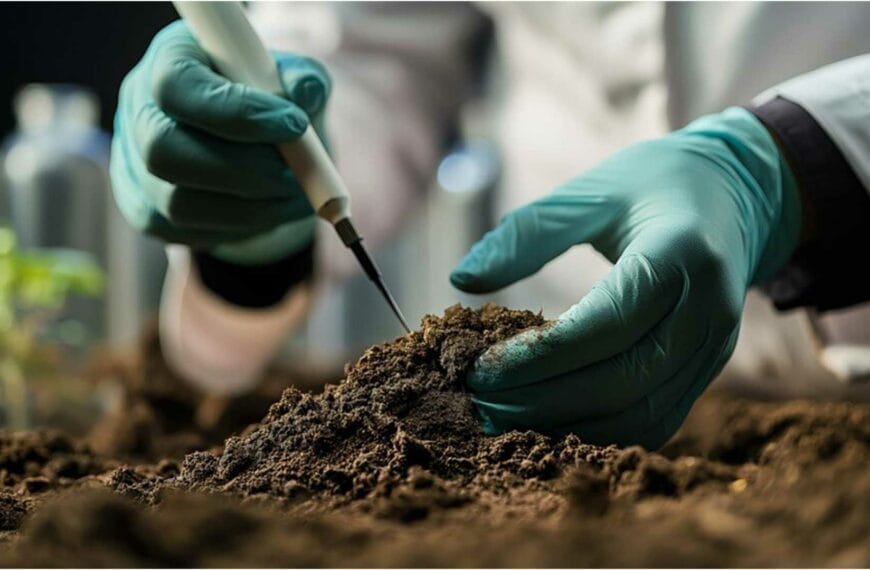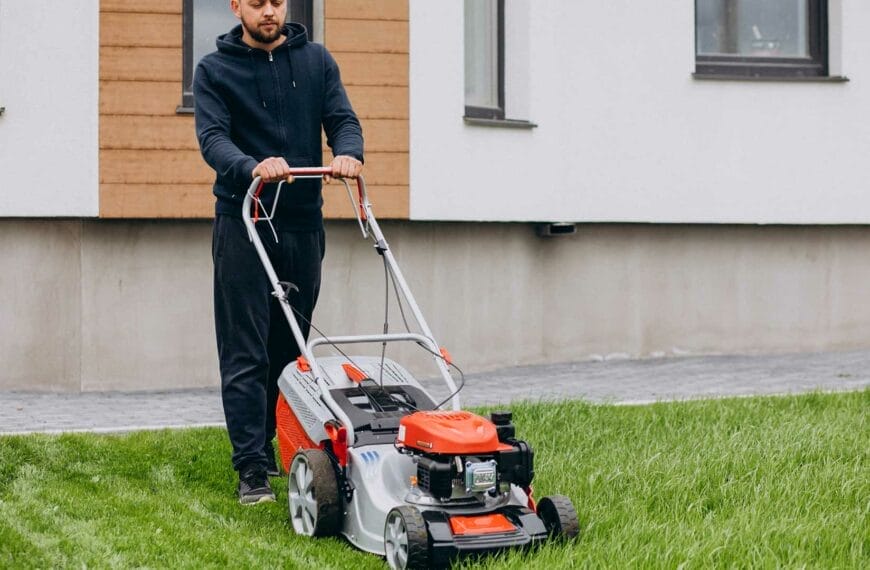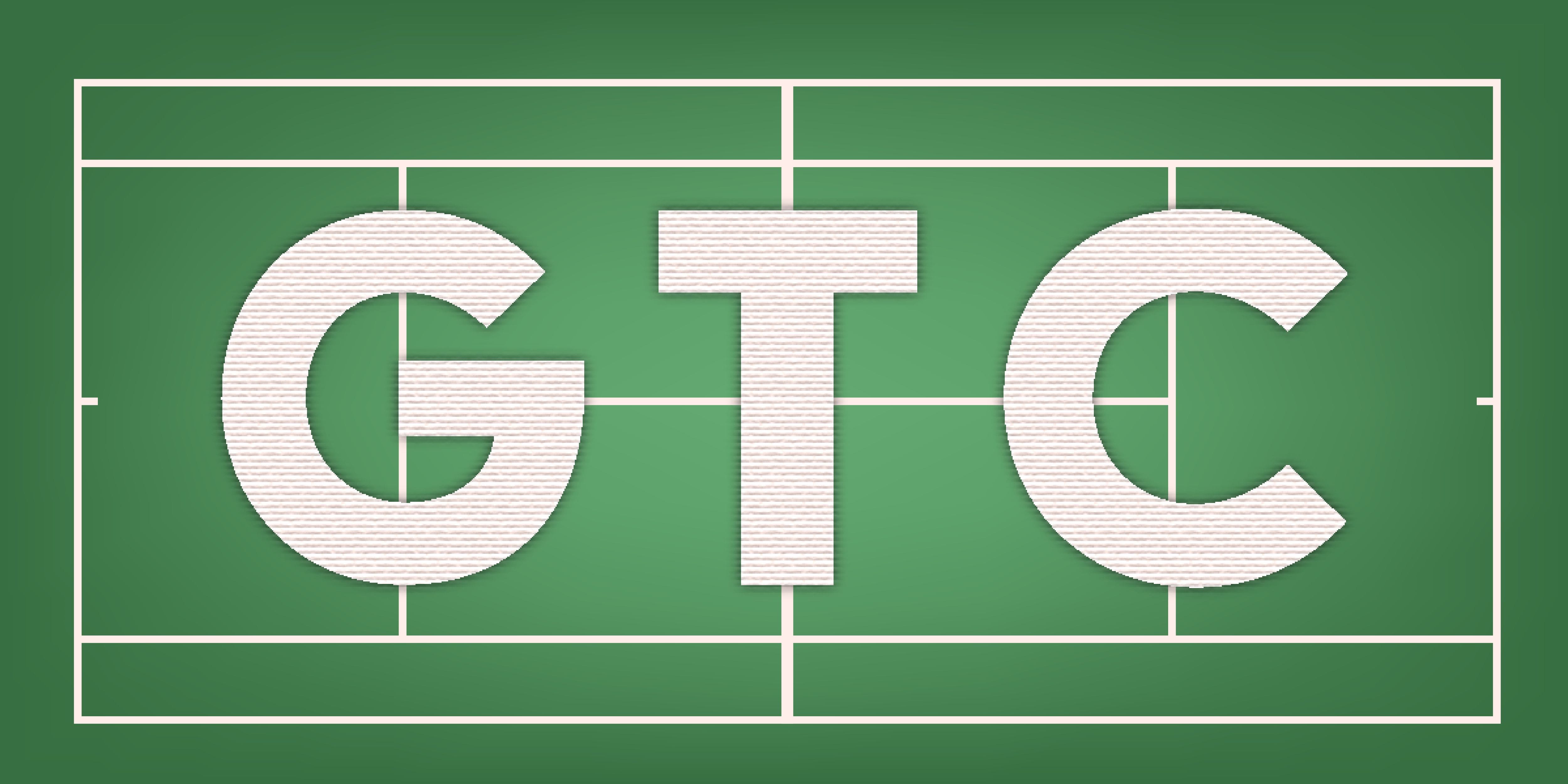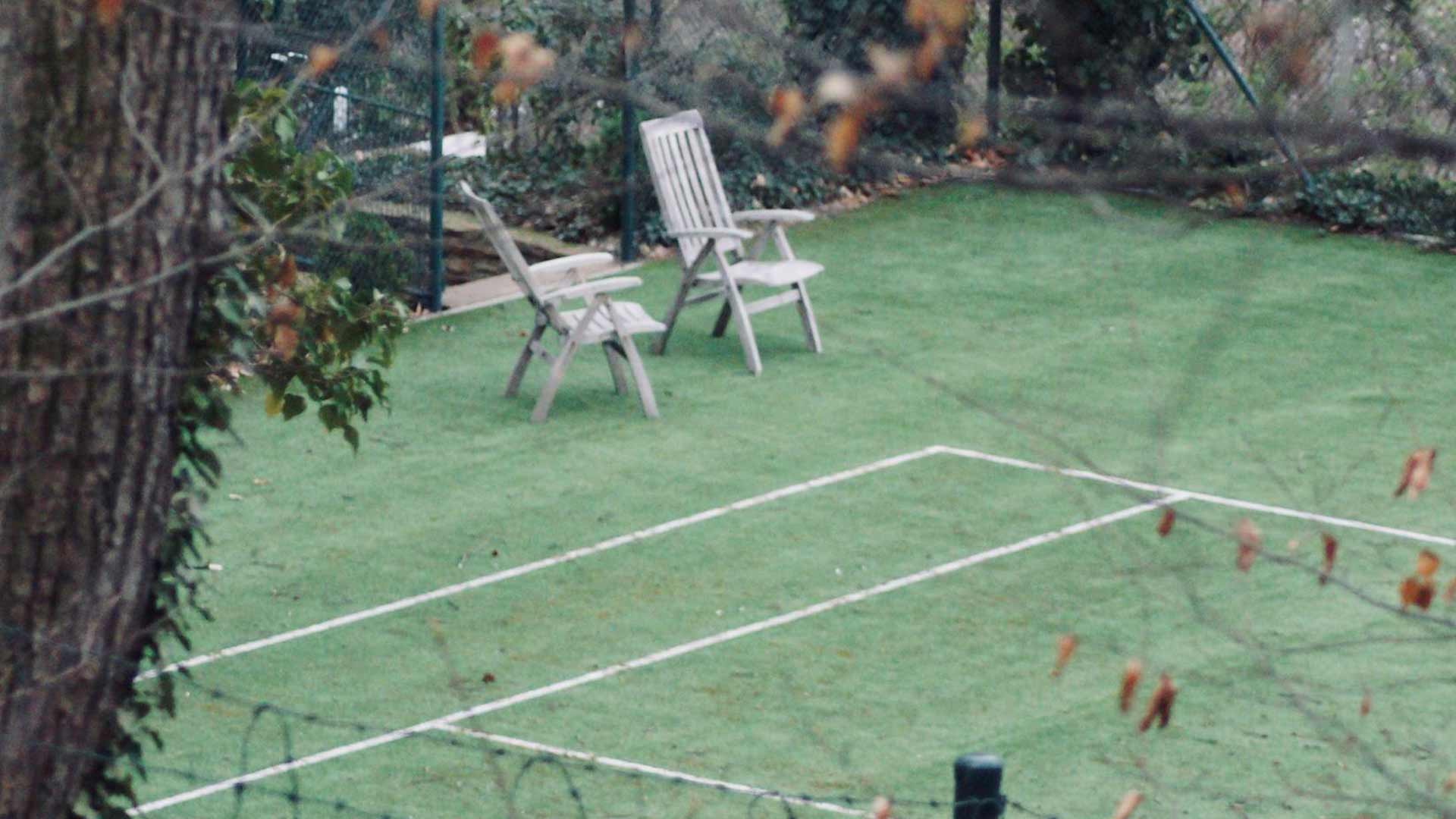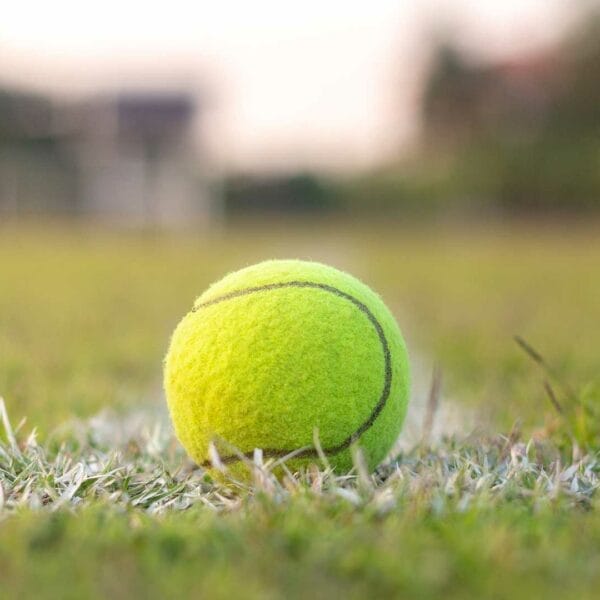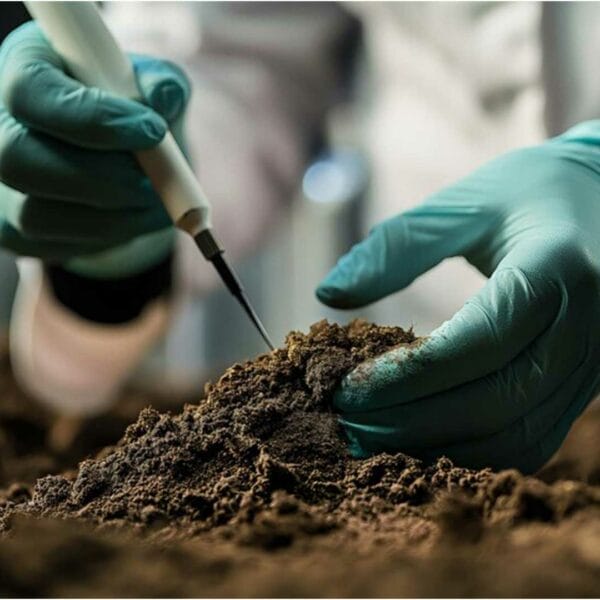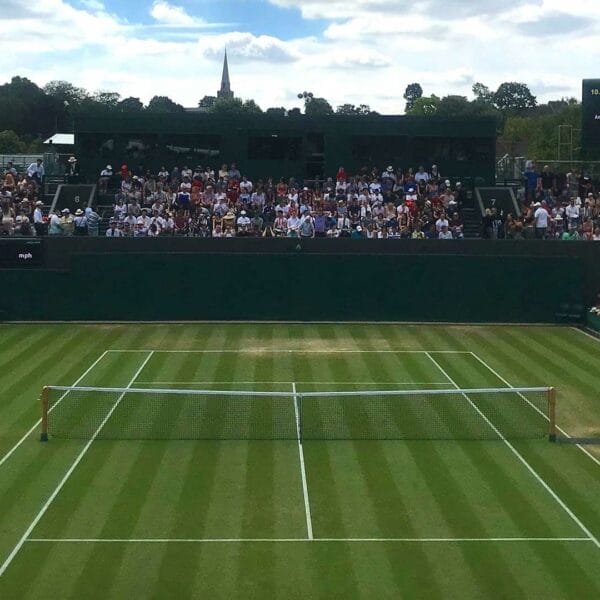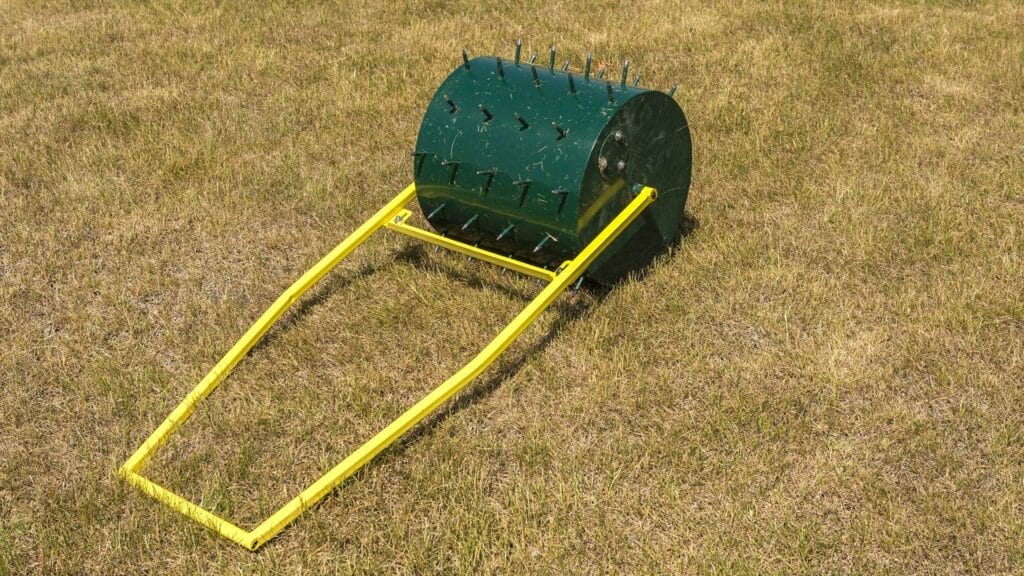
The Breath of a Champion
In the world of professional tennis, aerating your grass court is a hallowed ground. Even on the hallowed lawns of Wimbledon, these courts are a testament to tradition, skill, and, perhaps most importantly, meticulous care. While many focus on the perfect cut or the ideal watering schedule, one of the most vital, yet often overlooked, practices is aeration. This isn’t just about punching holes in the ground; it’s about giving the court a chance to breathe, ensuring the very foundation of your game is as strong and healthy as possible.
As the abstract clearly states, grass courts should be aerated at least twice a year, typically in the spring and fall. This biannual ritual is a non-negotiable part of a comprehensive turf management program. But why is it so important, and what exactly does it accomplish? Let’s take a deep dive into the science and art of aeration.
The Problem: The Hidden Enemy of a Healthy Court
Imagine a tennis match in full swing. Players are darting back and forth, pivoting, and pushing off the surface with immense force. Multiply that by dozens, if not hundreds, of matches over a single season. All this activity leads to one major problem: soil compaction.
Compacted soil is the silent enemy of healthy grass. It’s when the soil particles are squeezed together so tightly that they leave no room for air and water. This creates a host of issues for the grassroots:
- Poor Air Circulation: Roots, just like us, need to breathe. They require oxygen to grow and function properly. In compacted soil, this vital exchange of gases is stifled, leading to weak, shallow roots.
- Reduced Water and Nutrient Absorption: When water hits a compacted surface, it can’t penetrate. Instead, it runs off, leading to wasted water and dehydration. Nutrients from fertilisers also struggle to reach the roots, making them essentially useless.
- Increased Thatch: A thick layer of thatch—a buildup of dead grass and organic matter—can form on the surface. While a thin layer is healthy, too much thatch can create a spongy, uneven surface, affect ball bounce, and harbour pests and diseases.
- Weakened Turf: With a poor root system, limited access to water, and a lack of nutrients, the grass becomes stressed and vulnerable to disease, pests, and drought. The result is a thin, patchy court that’s prone to wear and tear.
All these factors combine to create a court that is slow, has an inconsistent bounce, and doesn’t live up to the standard of a world-class playing surface.
The Solution: Giving Your Court a Breath of Fresh Air
Aeration is the answer to soil compaction. The process involves using a machine to punch small holes or remove small plugs of soil from the court’s surface. This simple action has a profound impact on turf health.
- Relieving Compaction: By creating channels in the soil, aeration immediately breaks up the compaction, allowing the soil to decompress and expand.
- Improving Air, Water, and Nutrient Flow: The newly created holes act as a superhighway for air, water, and nutrients to reach the root zone. This is a crucial step that ensures the grassroots are getting everything they need to thrive.
- Encouraging Deeper Root Growth: With more space and resources available, roots can grow deeper and stronger. A deep, robust root system is the key to a resilient, drought-resistant, and healthy court.
- Reducing Thatch: The core aeration process—where plugs of soil are removed—helps to break down and manage the thatch layer, creating a firmer, more playable surface.
- Preparing for Other Treatments: Aeration is often a precursor to other essential maintenance activities. After aerating, it’s the perfect time to overseed (spread new grass seed) and topdress (spread a thin layer of sand or soil mix). The seeds and topdressing materials fall directly into the holes, ensuring maximum contact with the soil and better germination and growth.
For a great, detailed explanation of how aeration works and the science behind it, take a look at this article on the Grounds Management Association website: The importance of aeration.
The Schedule: When to Aerate for Maximum Impact
Timing is everything in turf management. Aerating at the wrong time can actually harm the grass. That’s why the spring and fall are the ideal times for this crucial task.
- Spring Aeration: Done early in the growing season, a spring aeration prepares the court for the heavy play and heat of the summer. It helps loosen the soil, allowing the grass to establish a strong root system before the stress of intense play and high temperatures begins. This is particularly important for clubs like ours at www.grasstennisclub.com where summer is our peak season.
- Fall Aeration: As the summer season winds down, a fall aeration is a critical recovery step. It helps repair any compaction that occurred during the season and gets the court ready for the cooler, wetter months. This is also the best time for overseeding, as the new grass seedlings have a chance to establish themselves in the cool, moist conditions before the onset of winter.
Pro Tip: For a deeper understanding of the seasonal care of turf, especially for sports surfaces, this resource from The Lawn Expert provides a great guide to the right treatments at the right time of year: When to aerate a lawn.
The Process: It’s More Than Just Poking Holes
While the concept of aeration is simple, the execution is a skilled process that requires the right equipment and knowledge.
- The Machine: There are several types of aerators, but a professional core aerator is the most effective. This machine removes small plugs or “cores” of soil from the ground, typically a few inches deep.
- The Cores: After the cores are pulled from the ground, they are often left on the surface to break down. This process, called “topdressing,” helps to return valuable organic matter to the soil.
- Post-Aeration: After aeration, our grounds team often follows up with overseeding and topdressing to ensure the holes are filled with new growth and healthy soil. A light roll may also be done to smooth the surface.
This is a far cry from a basic lawn aeration. The depth, spacing, and follow-up treatments are all carefully planned to ensure the long-term health and playability of the court.
The Payoff: A Court that Performs
The consistent dedication to aeration, combined with regular mowing, fertilization, and irrigation, is what sets a truly great grass court apart. At www.grasstennisclub.com, this commitment to a twice-yearly aeration schedule means our members can enjoy a playing surface that is:
- Firm and True: The reduced compaction ensures a predictable, consistent ball bounce.
- Resilient: A strong root system helps the grass withstand the heavy foot traffic of a busy season.
- Visually Stunning: Healthy grass is vibrant, green, and uniform, providing the perfect backdrop for a classic game of tennis.
Aeration is the unsung hero of turf management. It’s a vital, foundational practice that gives your court the ability to breathe, grow, and perform at its best. So the next time you step onto a perfectly manicured grass court, take a moment to appreciate the unseen work that went into building and maintaining its very foundation.


